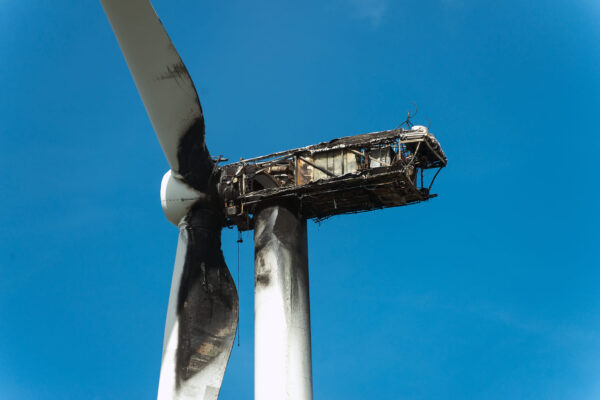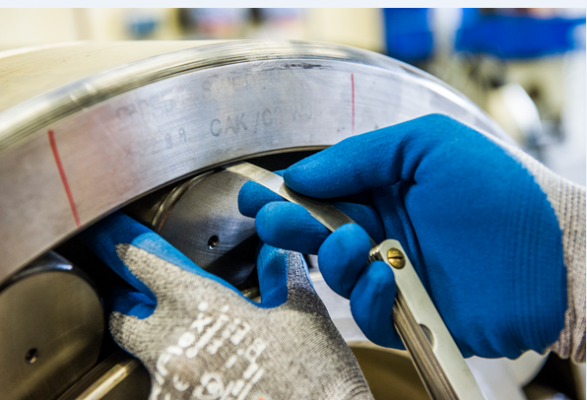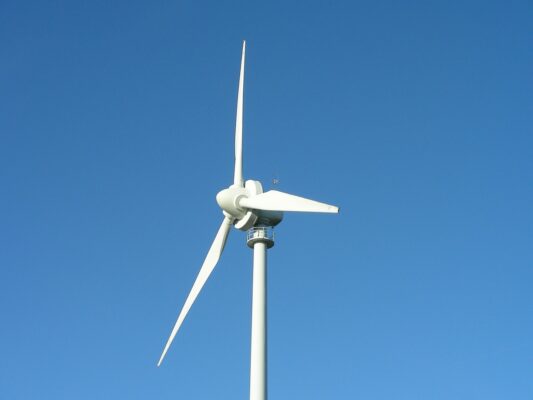One of the primary causes of wind turbine fires is mechanical failure of the turbine components. Critical mechanical parts, such as gears and bearings, are subject to intense stress and wear over time. Without proper defensive properties, these parts may fail, leading to excessive heat generation from friction. This heat may be enough to ignite materials within the turbine, causing a fire. Therefore, it is crucial to conduct regular maintenance and monitoring of these components to detect early signs of wear.
Wind turbines are equipped with intricate electrical systems (including generators, inverters, and transformers) that, while vital for converting wind energy into electricity, are prone to electrical faults. Issues such as short circuits, overloads, and other electrical malfunctions can generate excessive heat or produce sparks. Without proper safeguards, these sparks and heat can ignite a fire, highlighting the need for meticulous maintenance of electrical systems and regular inspections.
Finally, the towering stature of wind turbines makes them particularly vulnerable to lightning strikes. Situated often in exposed locations to capture wind efficiently, these structures can attract lightning during storms. Although turbines are equipped with lightning protection systems, these systems can sometimes fail or become overwhelmed by a direct strike. Lightning strikes can cause immediate damage, such as burning or melting components, which may lead to a fire if the energy from the strike is not properly dissipated. Therefore, it is necessary to implement robust protection measures and incorporate advanced materials and designs to minimize the risk of fire following a strike.
The incident at Clements Gap
A vivid illustration of these risks occurred at the Clements Gap wind farm, owned by Pacific Blue, located near Redhill, South Australia. A wind turbine caught fire, leading to a grass fire beneath it. Fortunately, there were no injuries, but the incident resulted in an estimated $2.2 million in damages. Firefighters were alerted to the blaze before 9 am, and upon arrival, they found the turbine engulfed in flames, with debris scattered below.
The Country Fire Service crews undertook backburning operations to contain the grass fire, which had spread to about 30 hectares. The cooler weather conditions, including mild temperatures, high humidity, and low winds, aided in the firefighting efforts, allowing the firefighters to manage the situation effectively.
This incident serves as a reminder of the need for continued vigilance and improvement in the operation and maintenance of wind turbines. As the adoption of wind energy grows, ensuring the safety and reliability of these systems is crucial in the pursuit of sustainable and efficient renewable energy solutions.



